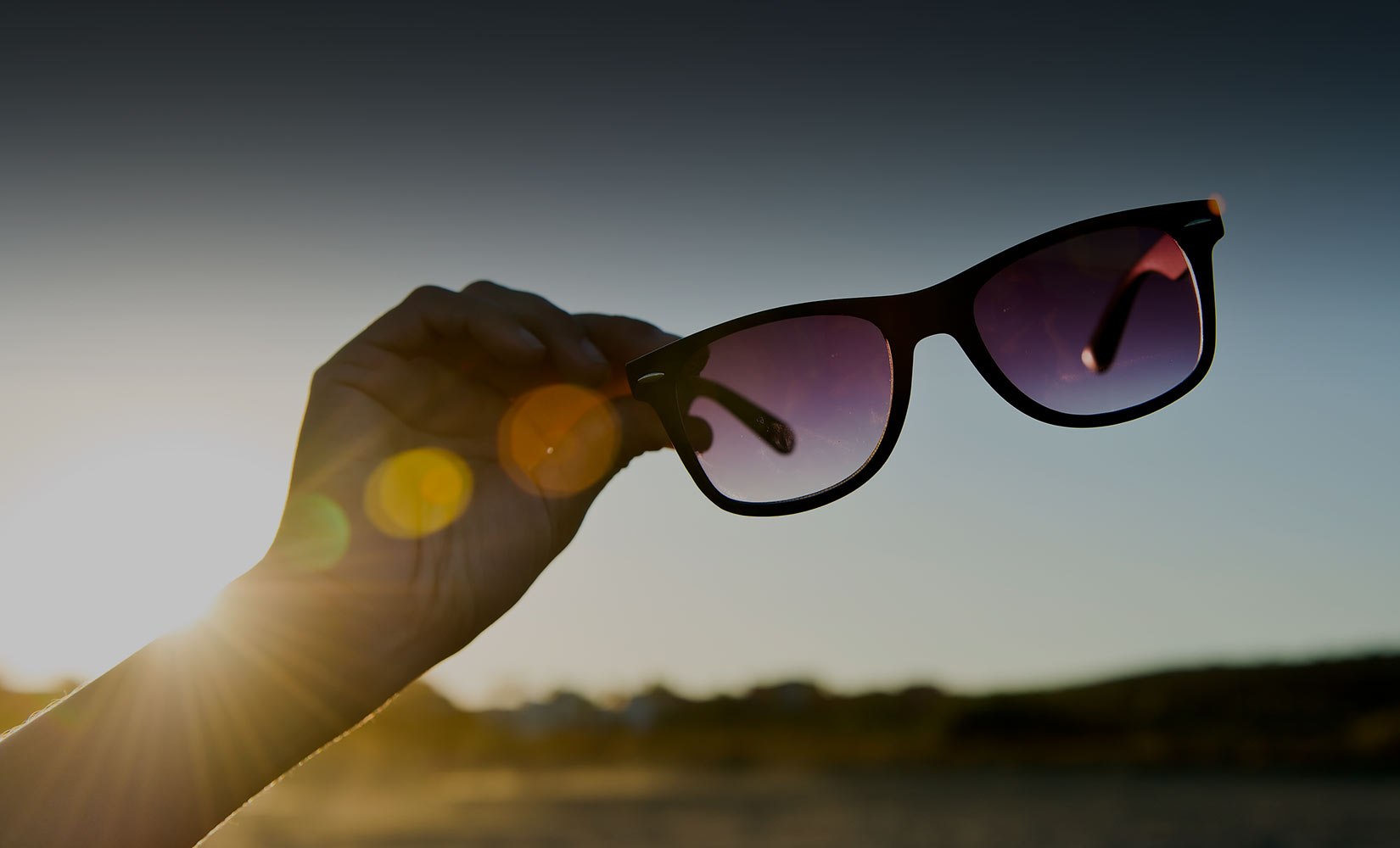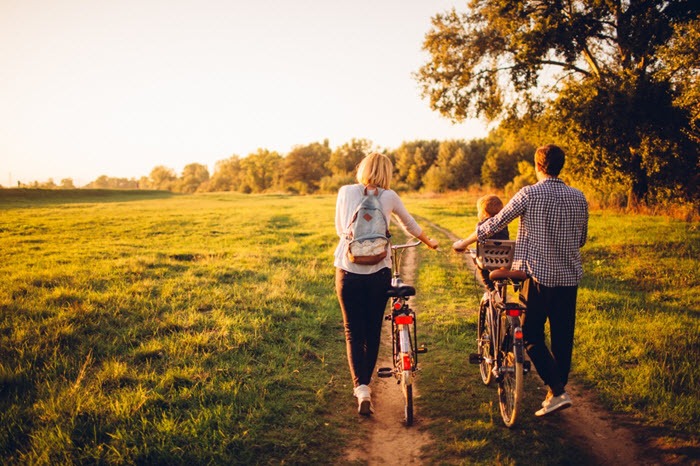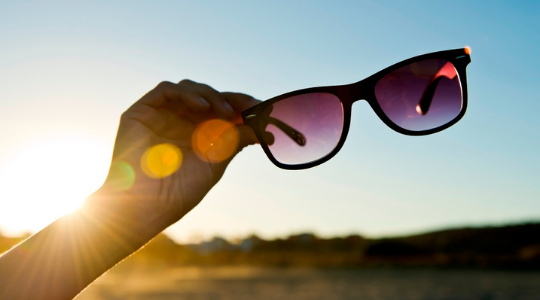
Sun Protection
Vitamin D

On the bright side – sunlight and Vitamin D
Our bodies can make most of the vitamin D we need from sunlight on our skin during the summer months (April to the end of September). You should be careful not to burn in the sun, especially between the hours of 11am- 3pm, so take care to cover up or use sunscreen before you turn red or get burnt.
People with dark skin, such as those of African, African-Caribbean or south Asian origin, will need to spend longer in the sun to produce the same amount of vitamin D as someone with lighter skin (the closer to the equator fair skinned people go, the shorter the exposure time required).
How long it takes for your skin to go red or burn varies from person to person. For all skin types the longer you stay in the sun, especially for prolonged periods without sun protection, the greater your risk of skin cancer.
If you plan to be out in the sun for long, cover up with suitable clothing, wrap-around sunglasses, seeking shade and applying at least SPF30 sunscreen.
Guidelines on sunlight exposure: risks and benefits was published in February 2016 by the National Institute for Health and Care Excellence (NICE). The guidelines are available here.
Click here for more information on Vitamin D.

CARE IN THE SUN
RISK FACTORS
Anyone can develop skin cancer, whatever their skin colour. However, certain skin types are more at risk from the effects of UV radiation than others.
SKIN PROTECTION
Too much ultraviolet (UV) light, either from natural sunlight or from artificial sources such as sunbeds, is the main cause of 80% of skin cancers.
SUNBEDS
Sunbeds, tanning booths and sun lamps give out ultraviolet (UV) rays that can damage your skin and can make it look wrinkled, older or leathery.

